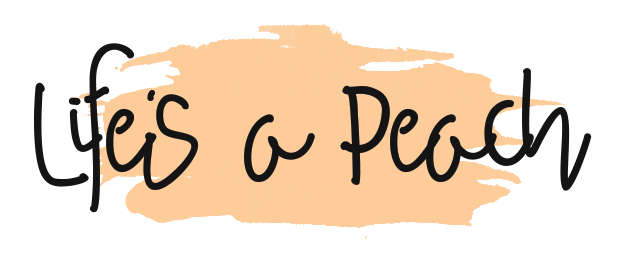Have you been looking for new flooring to install in your home lately? You might begin to hear a whole slew of terms that you’ve never heard of before. Laminates, engineered wood, radiant heating, and more. Engineered wood is a really good material to consider, but exactly what is it? Is it the same as solid? What are the cost variations?
In this post, we will be talking about engineered wood floors, where and when you should use them, costs, aesthetic variations and more.
Engineered Wood vs Solid Hardwood
One of the biggest differences between engineered and solid hardwood is the actual composition of the wood itself. Solid hardwood, is just that, solid wood. Each plank that makes solid hardwood is about ¾ of an inch thick. Because of the thickness, it can be refinished and sanded down over the years that you have the flooring installed. On the other hand, engineered hardwood is made using layers of hardwood or plywood which is then layered with hardwood veneer to the top of the surface. Here’s a visual image for you so you can see the difference.

Engineered Hardwood and Adverse Effects
Solid hardwood (for flooring), though beautiful, has its disadvantages too. One of the biggest disadvantages to solid hardwood flooring is the fact that things like heat or moisture can ruin the floor, warp it, split it apart, or even crack it. With engineered hardwood floors you don’t have any of these adverse effects, which is why people say it’s generally more stable than solid hardwood floors. The multi-layered plank – the design itself, of engineered wood flooring is what makes it so stable. It can be placed over radiant heat sources, it can also be placed over concrete, below grade and above, and it deals better with moisture too.
Janka Hardness Test
When you buy and invest in a wood floor, have it be bamboo, engineered wood, solid hardwood, cork or any other wood, you as a homeowner want to be assured that the wood is a quality material and that it will last for years to come. Well, this is where the Janka test comes into play. The scientific definition of the term is quite confusing, but the fundamentals behind the science is that the test will give you results on the toughest or hardest woods that are available for flooring. The definition: The test is conducted by measuring the direct force that is needed to lodge a 0.444 inch steel ball into the wood to the same depth of the ball’s diameter. The highest ratings, woods like Patagonian Cherry and Brazilian Walnut are in turn the strongest woods or at least stronger than wood species like Chestnut and Eastern Cedar.
The Janka Hardness Test varies because each manufacturer uses different wood species, but here is a chart just so you can see what the results look like:

As you can see from this specific image above, they are stating that Brazilian Cherry gets a 2820 rating which means that it’s significantly “harder” than that of the Southern yellow Pine which only got an 870 rating. When planning on buying a wood floor, this is an important rating to find out about. Usually when buying a specific wood, and you don’t see the type in the chart above, that’s okay. Just either ask the manufacturer you are purchasing the flooring from what the rating is for the wood or you could always check out Google.
For example: “Common Trees Janka Hardness Test” or “Exotic Wood Janka Hardness Test” and Images should show you relevant charts.
Warranties Available
No matter who you buy from, what material you choose or what finish you choose, always make sure that whichever you go with has manufacturers finish warranty.
Most companies offer a 20 to 25 years warranty on the finish. If the company does not offer this specific warranty for whatever their reasoning is, walk away and go someplace else.
Where To Install Engineered Hardwood
Engineered hardwood can be installed anywhere. Have it be the second floor, first floor or even the basement. Solid wood, on the other hand, should only be installed in the first and second stories of your home.
Easy To Install
When you get a solid hardwood floor you should and have to hire a professional to come in and do the installation for you. Unfortunately, this also adds to your cost and can really make your budget go higher than expected. Engineered floors are not the same.
Most manufacturers offer a Lock & Fold system which doesn’t require nails or glue and simply lock the planks into place. This means you don’t necessarily need a professional to come in. In fact, if you have experience with flooring or any home improvement projects you should be able to install engineered hardwood on your own but if you need help then get professionals to help you with your flooring installation.
- Overcoming Challenges in the Production of THC Seltzers - 10th May 2024
- The changes in dental marketing - 12th October 2022
- Online aligners or surgery based ones? - 12th October 2022







